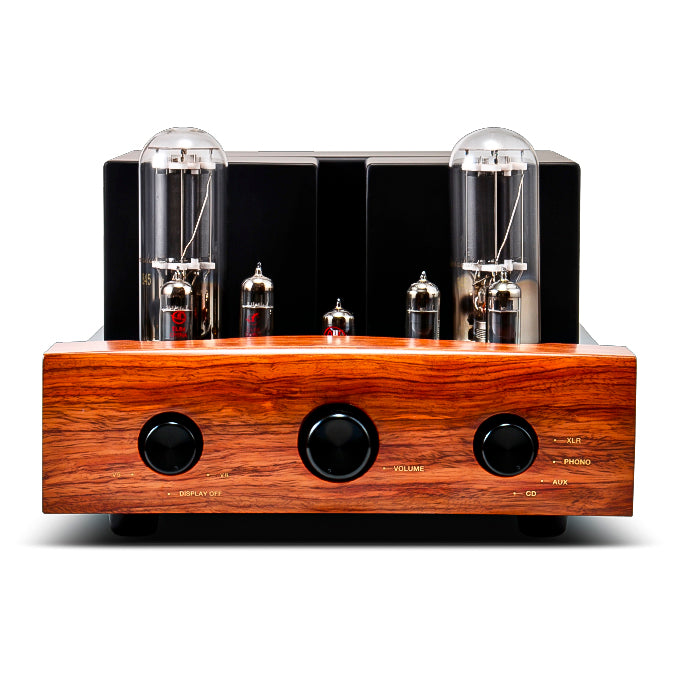What is an attenuator?
An attenuator (ATT) is a resistive attenuator. By turning the knob clockwise or counterclockwise, the sound level (strength) changes from +/- to +/-. It may be continuously variable, or it may be a step type with a decibel scale.
Role in Speakers
Click here for speaker product page
The attenuator is used in speakers to flatten the characteristics of the speaker by bridging the level differences between the units, such as the woofer, screener and tweeter that make up the speaker.

Normally, speakers are designed to have a higher efficiency of the screener and tweeter compared to the woofer, so an attenuator is used to adjust the level of the screener and tweeter. The level between the units can be adjusted to the desired level according to the conditions of the room where the audio system is installed and the genre of music being viewed.
It seems that only a limited number of recent speakers use this type of attenuator, and it is not common to see it in many of them. The same is true of the manufacturers we deal with, but they are unnecessary because the sound tuning is done with high precision along with the network circuit inside the speaker.
Amplifier volume control function
Click here for the Bakun Products PRE-7610MK4 preamplifier with selectable attenuator.
Bakun Products' SCA-7511MK4 power amplifier with selectable attenuator is here
Another way attenuators are used is in amplifiers as volume circuits, or "passive attenuators," which remove the amplification circuit from the amplifier, and are incorporated in devices that are particularly focused on sound quality and volume control functions.
Since the volume control function is generally used in amplifiers, you may think that the volume can only be changed at a high level, but an attenuator is an excellent product that can dramatically change the sound just by changing the volume.
Click here for the AS-XP88EZC, an Astro Denshi project preamplifier equipped with an attenuator.

By employing an attenuator in the volume section of the amplifier, it is possible to reproduce sound with higher definition and precision than the volume circuit normally used, providing music that is more expansive and expressive. The accuracy of the sound reproduction also depends on the accuracy of the resistors. As in the Bakoon Products amplifier series, there are two types of resistors that can be selected as options from the standard volume specifications: a metal film type resistor with low current noise, high precision, and excellent characteristics, and a non-inductive winding type resistor that greatly reduces parasitic inductance, which causes signal waveform distortion (linking) in the internal circuitry of amplifiers with magnetic flux. The higher the accuracy of the resistor, the more expensive it will be. The more precise the resistor, the more expensive it will be, but it is a good idea to choose according to your preferred music genre.

Passive Attenuator
Click here for Yamamoto Acoustic Craft's AT-03-1A passive attenuator.
Yamamoto Acoustic Craft's Passive Attenuator AT-03-3A is here
A passive attenuator is a device with a volume control mechanism that is very simply constructed using only passive elements, without amplification elements such as vacuum tubes or transistors to transmit sound signals to speakers or power amplifiers in amplifiers, or buffer circuits. Because it does not require power and has no amplification circuitry, the low frequency range is often quite simple, but the passive attenuator, which has been kept to a minimum, has an appeal that cannot be obtained with a preamplifier, such as sound clarity and resolution that is more than sufficient to offset this, and the vividness and information-richness of the high frequency range and the clarity of the extraction. The passive attenuator is equipped with charms that cannot be obtained with a preamplifier.

The high frequency range of wind instruments is smooth and clear, the piano player's subtle changes of touch are expressed, and the details of each note of a violin or classical guitar string can be heard. The light tone and moderate low frequency are comfortable to listen to, and the natural, delicate, and highly informative and fresh sound of the passive attenuator is especially recommended for those who listen to classical music mainly in small groups or solo performances.

























